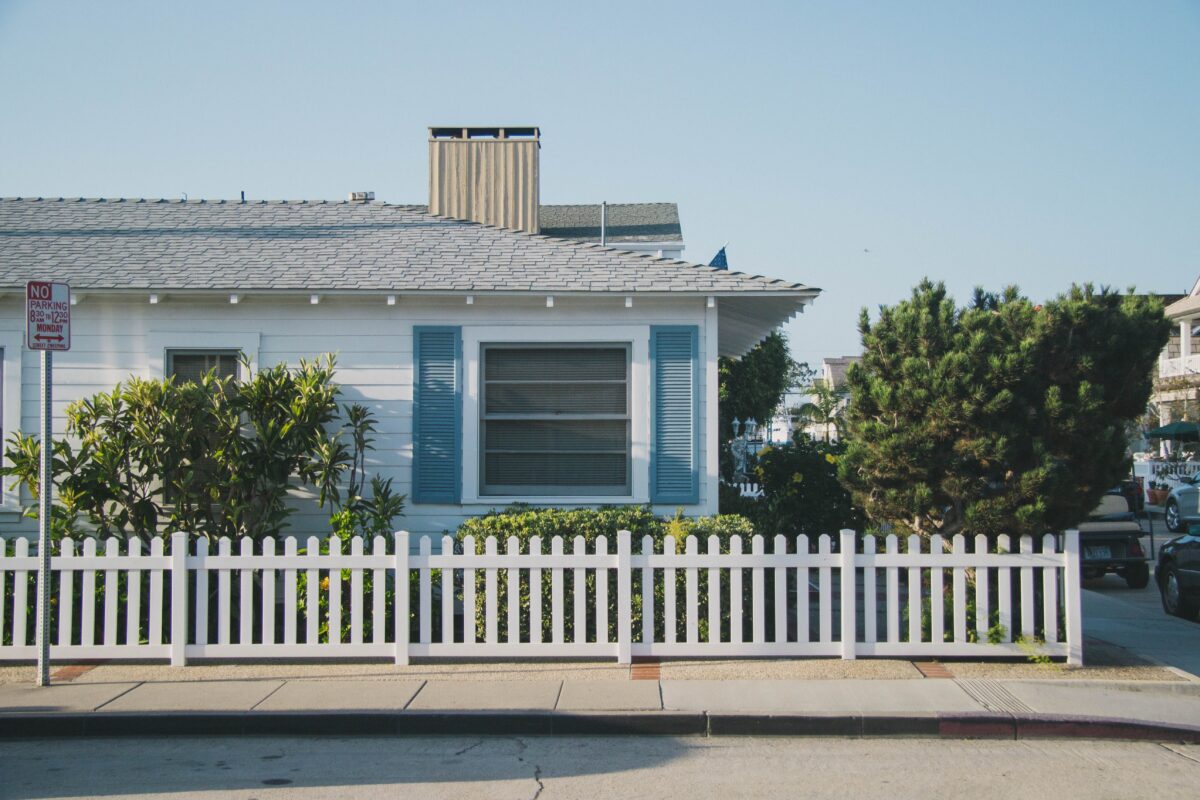It’s September already! That means it’s time to look at a summary of real estate activity for LA’s South Bay neighborhoods over the past month. Our data is ultra-local which means you get to see the market conditions almost immediately after the month ends.
This summer we’ve been enjoying a relatively busy real estate market with a big jump in sales and mixed results in prices. August 2020 weighed in with the median price nearly 6.8% higher than August of 2019. However, it wasn’t enough to beat the median for this July. August median prices were down by 1.8% from last month. In the first eight months of the year, we’ve seen two months where the median increased, versus six months when it decreased.
| Median Prices | August | July |
| 2020 | $1.10M | $1.12M |
| 2019 | $1.03M | — |
We saw 450 homes sold in August, up by 10% from July of this year. Compared to August of 2019, sales this year were up 13%. July and August were exceptional sales months compared to January through June. Both months had sales in excess of 400 units, while the first six months of the year were less than 300. March of 2020 made it all the way to 291 sales despite pandemic activity kicking into high gear that month.
| Closed Sales | August | July |
| 2020 | 450 | 408 |
| 2019 | 398 | — |
July & August sales were up nearly double the sales numbers from the first half of the year. Why the jump in summer? Anecdotally, we’re hearing interest rates being at or below 3% brought those buyers not financially impacted by Covid-19 to the table. That huge savings in interest helped drive prices, as well. To buy now and take advantage of the interest rates, many buyers have been willing to offer slightly above asking price, to lock the deal in.
August brought a significant increase in the number of homes available for sale. At the end of August total available counts stood at 3.68 months of inventory, compared to 2.17 months at the end of July. In raw numbers, that’s an 18% increase in homes available for sale. More sellers put their homes on the market, and there weren’t enough buyers to absorb the increase. As Covid-19 moves to a back burner, we expect the inventory to return to higher numbers comparable to the beginning of the year.

With subsidies and protective government programs closing, we anticipate fewer buyers will be able to purchase. At the same time, we expect the continuing stress will create more defaults and short sales. Forced sales, also known as ‘distress sales’ tend to push prices down.
Combined, a growing inventory and economic stress are precursors of a shift to a buyers’ market. Several noted commentators are predicting a recessionary market lasting through 2021 and possibly into 2022. Like so many things in today’s world, no one is sure of where we’ll end up. But it’s pretty much guaranteed to be different than we had planned.
Photo by Gustavo Zambelli on Unsplash



